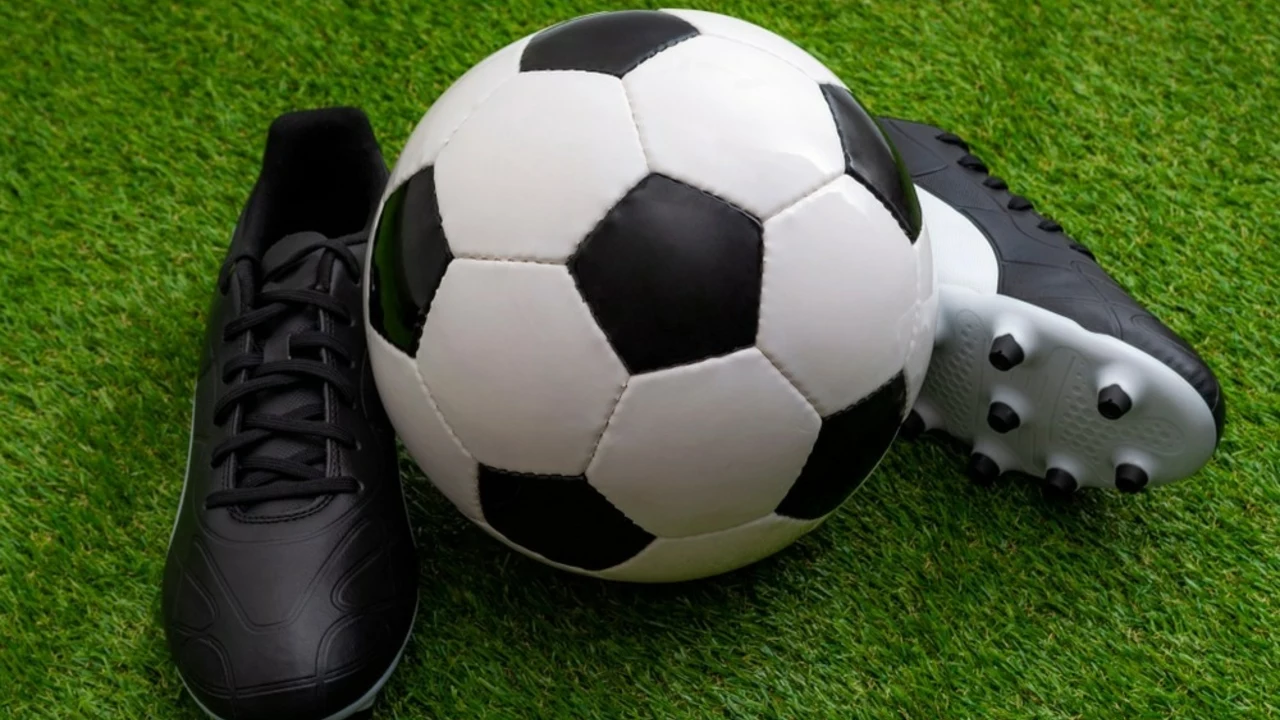Sports Equipment: Your Quick Guide to Soccer Gear and More
When you step onto the pitch, the right gear can make the difference between a decent game and a great one. Whether you’re a weekend player, a league regular, or just a fan who loves the look of the kit, knowing the basics of soccer equipment helps you stay comfortable, safe, and ready to perform.
Choosing the Right Cleats
Cleats are the first piece of equipment most players think about, and for good reason. The right pair gives you traction, protects your feet, and can even boost confidence. Most leagues ban metal cleats because they can cause serious injuries during tackles. Stick to plastic or rubber studs unless you’re in a high‑level competition that specifically allows metal.
Match the stud pattern to the playing surface. Firm ground (FG) shoes work best on natural grass that isn‘t too soft, while turf (TF) shoes are designed for artificial surfaces. If you play on both, consider a versatile FG/Turf hybrid. The fit matters too – you want a snug feel without pinching. A good rule of thumb is to try the shoes on with the socks you’ll actually wear during matches; there should be a thumb’s width of wiggle room at the toe.
Price doesn’t always equal performance. Mid‑range models often give you the same stability as premium brands, especially if you’re not a professional athlete. Look for features like reinforced toe caps and breathable uppers. Replace cleats when the studs wear down or the shoe feels loose – worn‑out cleats lose grip and can cause slips.
Jersey Fit and Comfort
The jersey debate – tight or loose? A tighter shirt reduces drag and can feel more “in‑the‑zone” for some players, but it shouldn‘t restrict movement. Modern kits use lightweight, moisture‑wicking fabrics that keep you dry whether the fit is snug or relaxed. If you prefer a sleek look, go for a fitted jersey; if comfort is king, choose a cut with a little extra room in the shoulders and arms.
Material choice matters. Polyester blends are common because they dry fast and resist stretching. Some high‑end kits add a small amount of elastane for stretch. Avoid cotton; it stays wet and heavy. Also, check the collar style – a V‑neck often feels less restrictive than a round neck, especially in colder weather.
Beyond cleats and jerseys, a few other pieces of gear deserve attention. Shin guards are mandatory in most leagues; pick a pair that covers the front and sides without sliding down. For indoor soccer, consider soft‑sole shoes that give grip on polished floors without marking the surface. Training accessories like cones, agility ladders, and a quality ball can improve your skills without breaking the bank.
Keeping your gear in top shape extends its life and performance. Rinse cleats after a muddy match, let them air dry, and avoid direct heat which can warp the studs. Wash jerseys inside‑out on a gentle cycle, then tumble dry low or hang to dry. Store shin guards in a ventilated bag to prevent odor buildup.
Staying informed is easier than ever. Follow the "sports equipment" tag on Football Passion Central to get the latest reviews, rule updates, and player tips. When you know what to look for, you’ll spend less time worrying about gear and more time enjoying the game.

- Jul, 27 2023
- 0 Comments
- Finnegan Callaghan
Why are soccer cleats different than football cleats?
So, you're wondering why soccer cleats and football cleats aren't identical twins, right? Well, first off, soccer cleats are like the ballerinas of sports footwear - they're lightweight and designed specifically for swift, agile movements. Football cleats, on the other hand, are more like the heavyweight boxers, with extra support for all the rough and tumble action. The cleat pattern is also different - soccer studs are uniform for even pitch grip, while football cleats have a variety for specific positions. In the end, it's like comparing apples and oranges, they're both made for kicking, but in very different ways!
Read More